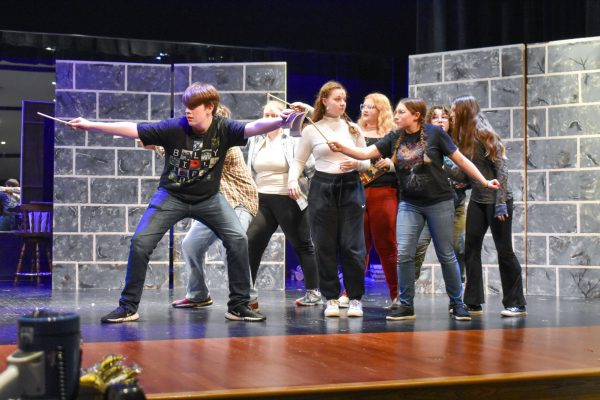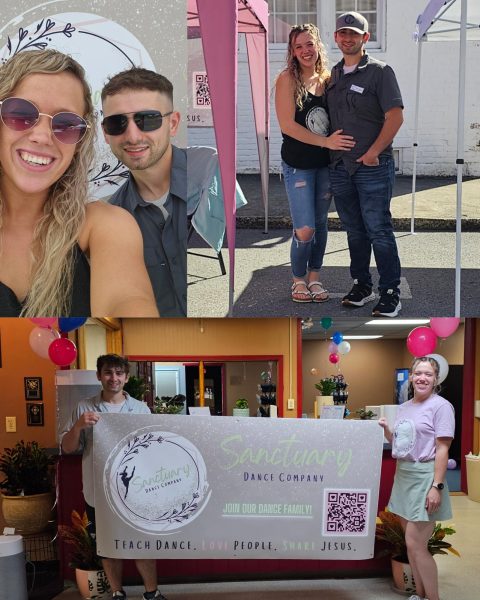Giving Thanks Around the Globe
Almost everyone in America has heard of Thanksgiving day, and can often times remember their favorite meals, desserts, and pastimes on this day when we show our gratitude. What of other countries, though? How do they give thanks to those they hold dear? The answer isn’t as far from American Thanksgiving, but with a bit of every culture’s own twist.
Every different culture gives thanks, usually to coincide a great harvest. Though they always have large celebrations that bring the family together and warm the hearts of many on their special day.
1. Erntedankfest (Germany, Switzerland, Austria):
Information Provided By: germanway.com
Erntedankfest, translating to “Harvest Thanksgiving Festival,” is a day to gives thanks for a plentiful harvest and to spend time with family. Though, it lacks an official date and time, it is commonly celebrated on the first Sunday in October or the first Sunday after Michaelmas. Another time common time of celebration is in November as to co-celebrate the Wine Harvest.
There are also many ways that one can celebrate the day including dancing, singing, and, of course, food. Along with the popular practice of coronating a “Harvest Queen,” called the Erntekönigin.
The dinner that is eaten is very similar to an American Thanksgiving feast, with turkey, goose and may of the crops from the harvest. The food is eaten by family and friends alike and what is left over is given to needy families.
The evening that follows is another festival, known as Laternenumzug where towns will light fireworks, torches, and lanterns throughout the night to commemorate the great harvest, and hope for another next year.
2. The Moon Festival (China):
Information Provided By: chinahighlights.com
Starting in the Zhou Dynasty, the custom originated from worshipping the moon goddess by offering her food and crops during Mid-Autumn.
During the Tang Dynasty, the custom became very popular among high-class merchants and political officials. Often times they would throw parties and drink to commemorate the harvest.
In the Yuan Dynasty, the Moon festival was created on the 15th day of the 8th lunar month. Eating mooncakes was a common way to celebrate the holiday, it also became a secret messaging system for the Chinese rebel alliances planning to overthrow the Mongols.
In both the Ming and Qing Dynasties, the festival reached its peak popularity and the day was celebrated with fireworks, burning of pagodas, and dragons dances.
Lantern making is a very popular means of celebration among children. The lanterns are hung in parks and on roofs as well as floated down rivers, and some, called Kongming Lanterns, are floated into the sky after children write their wishes in them.
3. The Harvest Festival (UK):
Information Provided By: metro.co.uk

Pre-dating Christianity, the harvest festival is one holiday that has been around for some time. The name is derived the middle English term “Haerfest” which means Autumn.
There are many different parts to the celebration of this holiday, starting with Lammas day, a day where a loaf of bread is brought to church mass to celebrate the reaping of the crops.
On Sept. 9, Saint Michael’s Mass is celebrated with a huge feast of harvest crops like corn, squash, and pumpkins and roast geese. Later there are fairs and market stalls as well as church decorating and corn doll making. The corn dolls represent a good harvest and the goddess of grain they are also a sacrifice to the hare.
4. Têt Trung Thu (Vietnam):
Information Provided By: holidaysia.com
Têt Trung Thu is a holiday that is very similar to the Chinese Moon Festival, even falling on the same day. The name translates to “the Mid-Autumn Festival” and its main focus, despite the name, is the youth. The original purpose of the holiday was so that parents could catch up on the lives of their children.
Banh Trung Thu, translated to “mooncakes”, are very similar to the Chinese mooncake. Although the mooncakes are a part of the celebration (and are often thrown away like Christmas fruitcake), the main attraction of the holiday is Lion Dancing.
Lion Dancing is a practice in which many children dress up in paper and cast lions and dance from door to door, bringing good luck to those who will accept their dances. In return, the children receive good luck money and thank the provider before continuing on.
In the end, at nightfall, lanterns fill the waters remembering loved ones last and being thankful for the memories of them.
With many countries come the many ways to appreciate life, though they’re all quite different, they all give thanks to family, friends, and years to come. Something that isn’t as far off as it would seem from American Thanksgiving.







